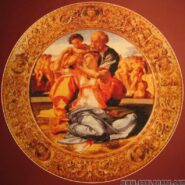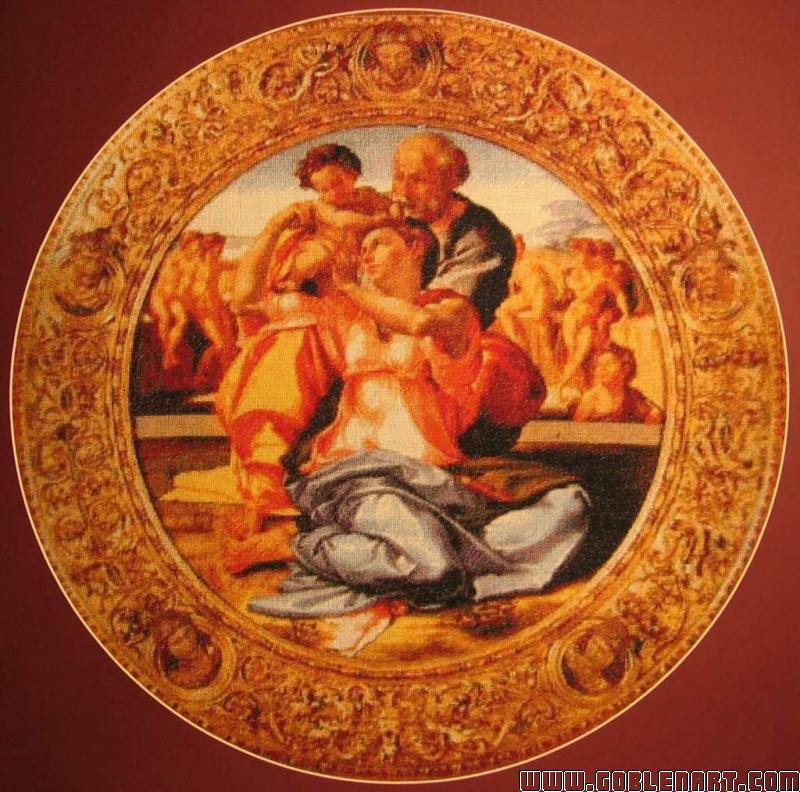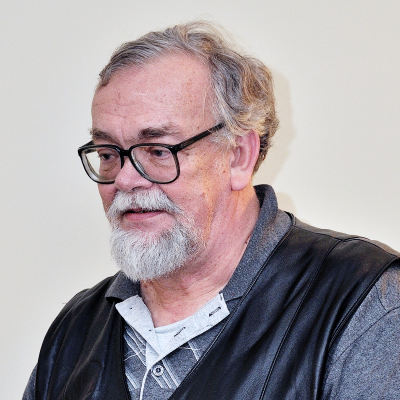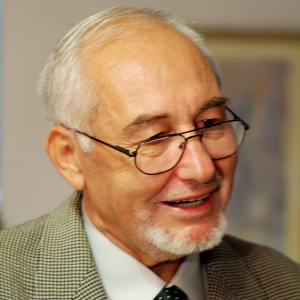
The Doni Tondo / Holy Familly with Infant Saint John
Painter: Michelangelo di Lodovico Buonarroti Simoni
Colors: 66
Dimensions: 40 * 40 squares 1 square is 10 * 10 dots, about 1 centimeter
1 square is 10 * 10 dots, about 1 centimeter
Solded to private collection
The Doni Tondo or Doni Madonna is the one of only three surviving panel paintings by the Italian Renaissance master Michelangelo Buonarroti (c. 1503), and the only one to be finished. It is in the Uffizi of Florence in its original frame, designed by Michelangelo himself. The painting was likely commissioned by Agnolo Doni, a wealthy weaver, to commemorate his marriage to Maddalena Strozzi of the Strozzis, a powerful Tuscan family. The painting is in the form of a tondo, or round frame, which is frequently associated with marriage in the Renaissance.
The work was created during the period after the Roman Pietà and before the Sistine Chapel ceiling frescoes. It was influenced by Leonardo da Vinci’s The Virgin and Child with St. Anne, as well as a work by Luca Signorelli and cameos in the Palazzo Medici. The Doni Tondo features the Holy family (the Christ child, Virgin Mary, Saint Joseph, and Saint John the Baptist. The background contains several ambiguous nude male figures. The inclusion of these nude figures has a variety of interpretations.
Michelangelo di Lodovico Buonarroti Simoni (March 6, 1475 – February 18, 1564), commonly known as Michelangelo, was an Italian Renaissance painter, sculptor, architect, poet and engineer. Despite making few forays beyond the arts, his versatility in the disciplines he took up was of such a high order that he is often considered a contender for the title of the archetypal Renaissance man, along with his rival and fellow Italian Leonardo da Vinci.







